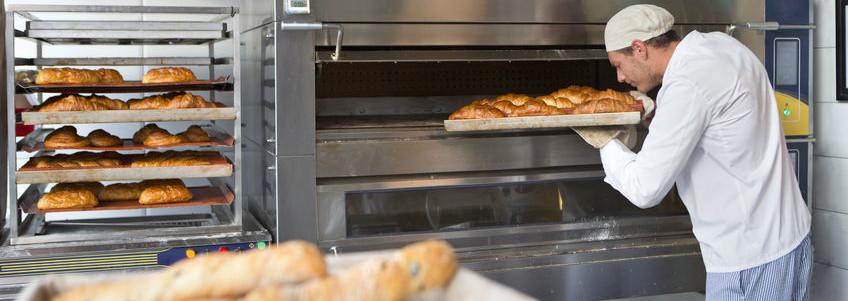
When it comes to picking an oven, there options on top of options. So right now I’m going to focus on gas-fired ovens. The question is, a direct or indirect gas-fired oven?
Does it make that much of a difference?
You bet it does! The difference lies in how heat is delivered and transferred. A indirect gas-fired oven (IGF) is a radiant unit that uses exchangers connected to the burning zone to indirectly heat the baking chamber, so the dough pieces do not come into contact with the products of combustion.
The heat transfer in a direct gas-fired (DGF) oven is primarily carried out by radiation from the flames, electric resistances, and hot surfaces.
How does this effect the end product?
Direct gas-fired oven:
- Plays a key role in the biscuit- and pizza-making industry. They are especially suitable for baking products that require high temperatures, often above 300°C (572°F), such as pizza, flatbread, and other similar products. These ovens may also be used for baking all types of crackers, cookies, and biscuits.
- It is important to note that direct gas-fired and electric-fired ovens both have similar operation and heat transfer mechanisms.
Indirect gas-fired oven:
- Suitable for application in all types of products (especially baked goods of small dimension). Soda crackers are a notable exception, since these require direct heating in the early stages of baking.
- Some bakeries prefer this type of oven due to its balanced treatment of products.

